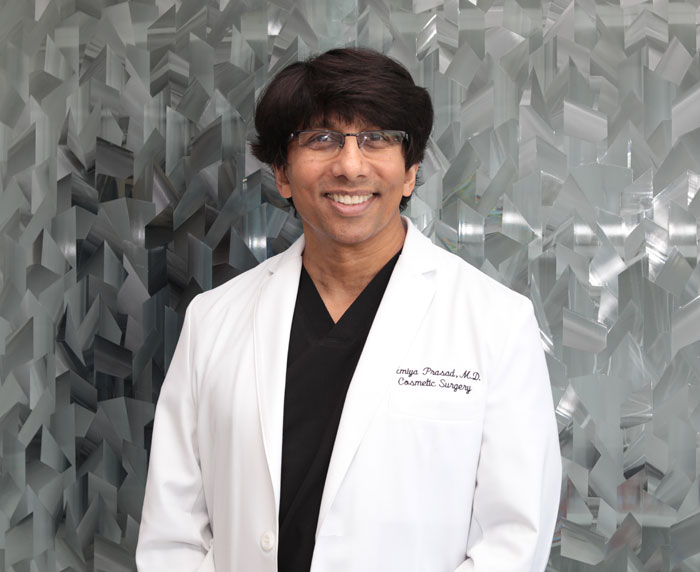Hair Transplant Side Effects: Hair Loss During the Procedure
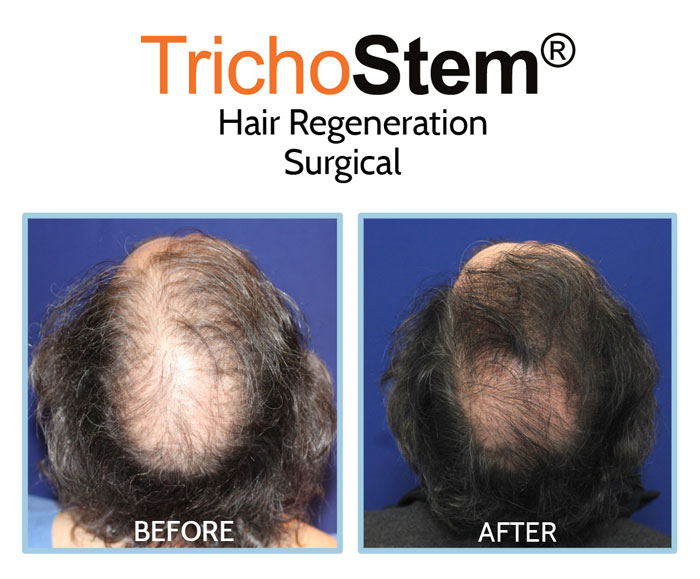
Surgical hair transplants remain a popular treatment for genetic pattern hair loss. Surgical hair transplantation should be considered cautiously, not just because of the technical limitations of hair transplant surgery, but also because it is not as tightly regulated as other cosmetic surgery procedures. Hair transplants can be legally performed by a wide range of surgeons because there is no regulating body that sets the standards and certification for hair transplant surgery, unlike other plastic or cosmetic surgery boards that standardized training, and testing for surgical procedures.
While I implant hair grafts into a patient’s scalp myself during transplant surgery, and have my technicians limited to preparing the grafts, hair transplantation is the one surgical procedure that is often performed by non-doctors, namely their transplant technicians, with the surgeon “supervising” often not from the operating room. Given the unpredictable nature of the hair transplant industry, many transplant surgeons rarely discuss the reasons why hair transplantation can lead to increased hair loss.
I’ll discuss the specific factors in hair transplant surgery that can lead to more hair loss and how they can be avoided.
Possible Causes of Losing Hair Loss During Hair Transplant and How it can be Avoided
- Transection
- Collateral loss
- High blood pressure and graft popping
- Post-surgery progressive hair loss
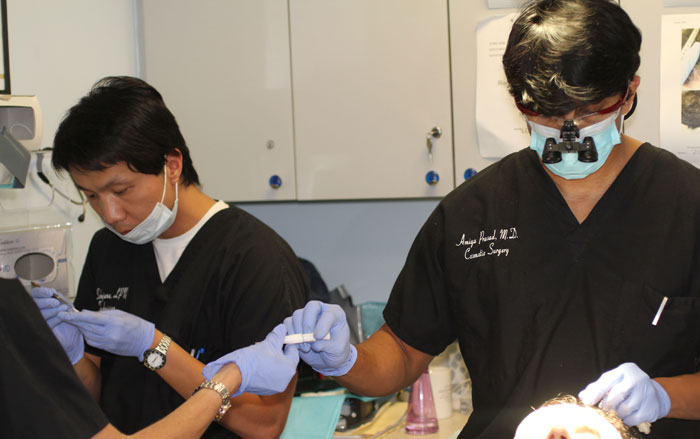
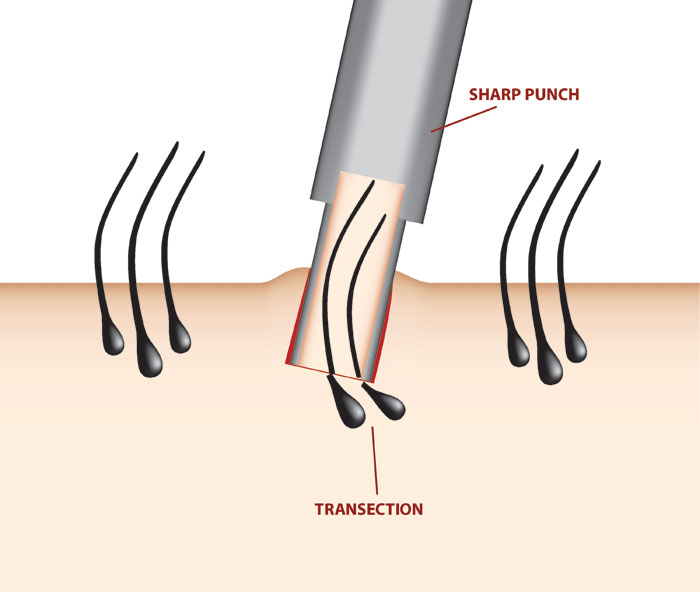
People are concerned about losing more hair due to hair transplant surgery, and rightfully so, as not all hair transplants are performed with the utmost care to preserve native and transplanted hair.
Transection
The first possible cause of hair loss during hair transplant surgery is called transection. Transection is when hair follicles are damaged during the harvesting of hair grafts. Transection happens more often in follicular unit extraction transplants, or FUEs, where hair grafts are harvested individually from the back of the patient’s head. Whether hair grafts are extracted manually from the patient with micropunches or with a robot, the extraction of grafts from a patient often results in the hair follicle being damaged, where the follicle is cut or damaged. Up to 30% of grafts can be permanently damaged before the hair grafts are even implanted at the top of the scalp, hairline, and crown.
Transected grafts, if they are implanted, do not grow since the follicle is either gone or injured, and transected grafts are often still implanted as surgeons want to keep their graft count high to reassure patients, especially if the procedure is charged per graft. The problem with transection and hair transplants in general is that hair follicles cannot regenerate once extracted.
How Transection Can be Avoided
Transection can be minimized or avoided with follicular unit transplantation, or FUT surgery, otherwise known as strip surgery.
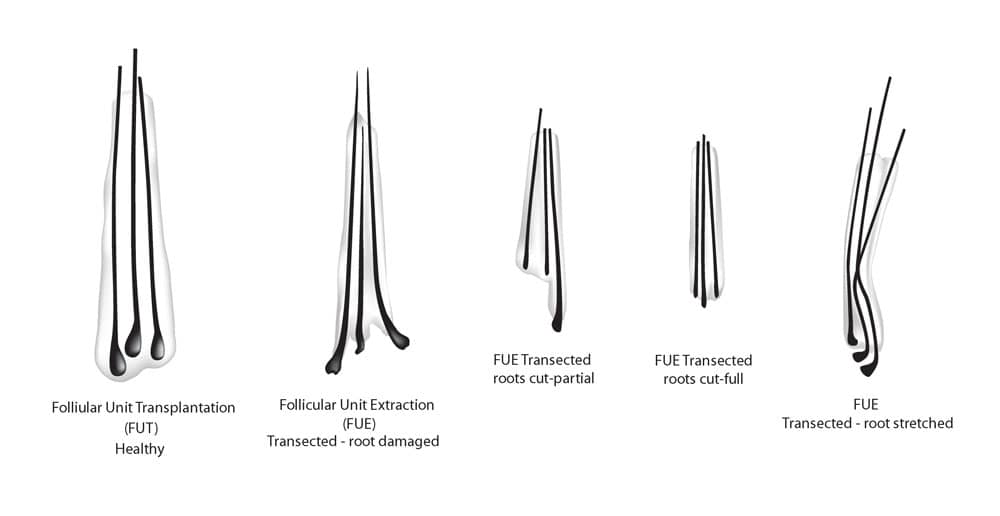
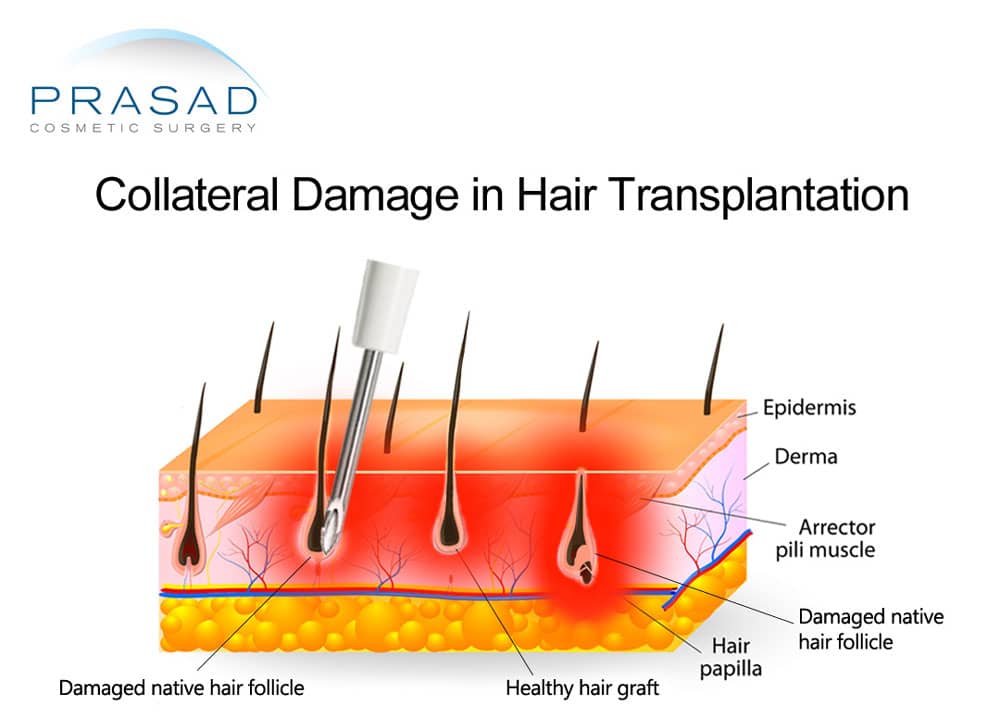
Collateral Loss
One type of hair loss that most hair transplant surgeons rarely mention to their patients is collateral loss. Collateral loss happens when a hair graft is placed too close to a native hair follicle, so it can potentially stab through the native follicle, causing permanent damage so that the follicle never grows hair again. Many transplant surgeons justify this because the native hair was already thinning and would have been lost eventually.
Density Limitations in Hair Transplants
This brings up the question of why the density of transplanted hair can’t be increased to match the density of native hair. Too much density of transplanted hair per square centimeter is actually another cause of hair loss during a transplant. The density of native hair ranges from 50 to 100 hairs per square centimeter. However, a safe transplant density cannot exceed 20 hair grafts per square centimeter. Scalp skin does not have enough blood supply for healing and delivering nutrients for more than 20 hair grafts per square centimeter.
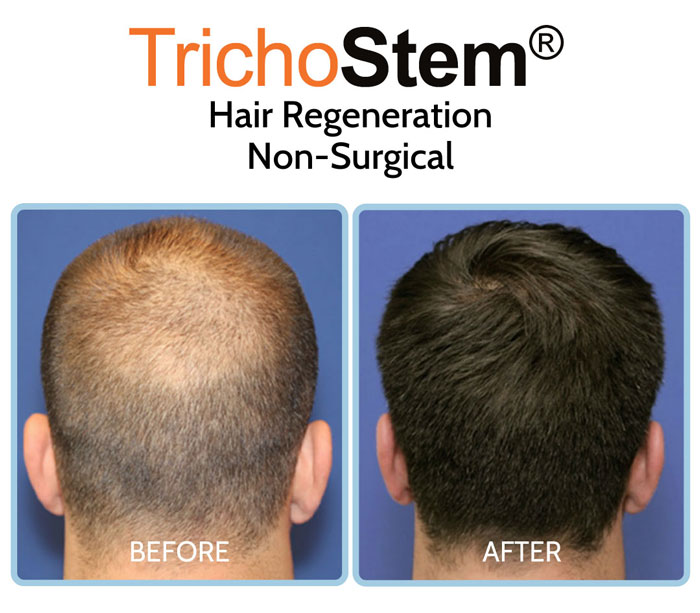

So if this number is exceeded, all the grafts are at risk of not surviving to full growth, making the hair transplant surgery an exercise in expensive futility. Since hair transplant density is inherently limited, this is another example of how saving and thickening existing thinning hair, which can grow from 50 to 100 hairs per square centimeter, can exceed the density of a transplant, but it can be achieved without surgery.
Risks of Excessive Graft Numbers
Trying to implant too many grafts in a single or back-to-back hair transplant surgery is another potential cause of hair loss in hair transplant surgery. A safe hair transplant surgery with adequate spacing of grafts per square centimeter ranges from 1500–2500 grafts in a single session. However, some transplant surgeons try to exceed a safe amount of grafts in a single session or do back-to-back sessions where another transplant surgery is done the next day. Excessive grafts in a single or back-to-back session are known as “megasessions”.
Similar to exceeding a safe number of grafts per square centimeter, placing too many grafts in a short period exceeds the capacity of the scalp to heal so many grafts, so the grafts don’t take to the scalp and survive long enough to grow hair. Hair transplant surgery is also very traumatic on the scalp, as each graft placed is a stab through the skin with a sharp implanter.
Too many grafts at once, or even over two days, can leave the scalp skin exceedingly fragile and injured, so compromised scalp skin won’t be able to heal, and allow grafts to take because the scalp skin is trying to recover from thousands of tiny incisions. Therefore, in hair transplant surgery, more grafts doesn’t mean better results. With compromised scalp skin from too many grafts, also likely too many grafts per square centimeter, megasession transplants can result in up to 90% of grafts being lost.
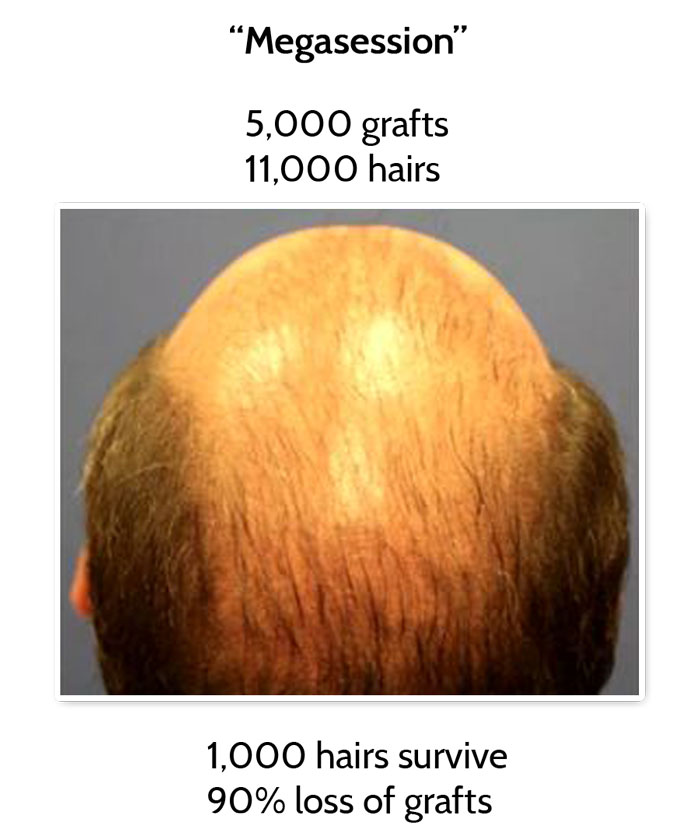
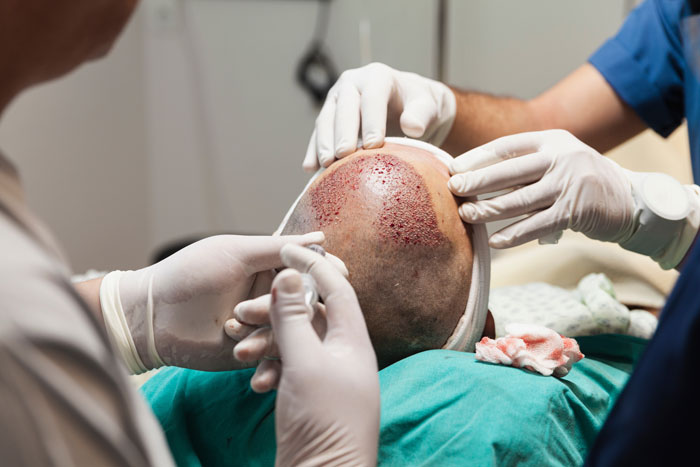
High Blood Pressure and Graft Popping
Another risk of losing hair grafts, or grafts not taken during surgery, is high blood pressure, which is known in the transplant industry as “popping.” Hair transplantation is a very long and arduous surgery, as harvesting and implanting thousands of grafts on the scalp can take the better part of a day, or even a full day in the operating room. Patients who have to sit or lie for hours on end with little to do can get fidgety and frustrated, thereby raising their blood pressure. In instances where anesthesia isn’t sufficient, the pain of transplant surgery or just the fear of the sharp implanter, similar to hypodermic needles, can also increase anxiety and blood pressure. Increased blood pressure in the scalp can push implanted hair grafts out before they have a chance to take to the scalp and heal.
Post-Surgery Progressive Hair Loss
While it is not hair loss due to surgery, it is important to know that surgical hair transplants do not treat progressive hair loss at all.
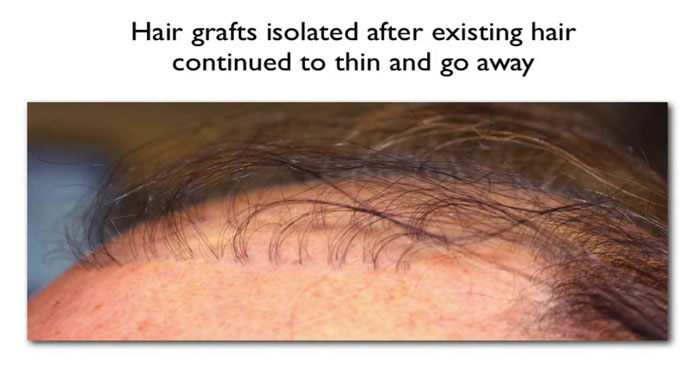
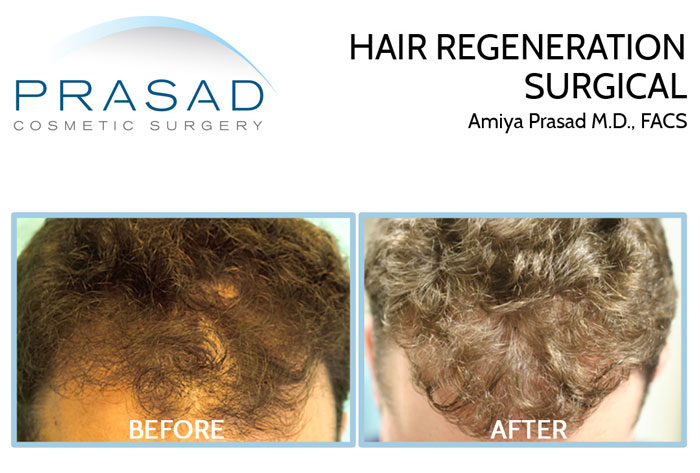
It is common for many men to think that once a hair transplant is done, so is their active management of hair loss; this isn’t the case at all. Hair continues to progressively thin after transplant surgery if there is no further treatment for progressive hair thinning. If this is disregarded, native hair will continue to thin around grafted hairs taken from the permanent zone.
In FUE surgery, some hair grafts are taken from outside the permanent zone, so these hairs are just as prone to thinning as native hair atop the scalp and crown. With time, only hairs from the permanent zone remain thick, making these hairs look like isolated plugs and very unnatural. A DHT-blocker like finasteride can slow progressive hair thinning in men.
Accompanied by a treatment like TrichoStem Hair Regeneration to thicken thinning hair and stimulate growth from dormant hair follicles currently not growing, native hair can provide coverage surrounding transplanted hair, making density look more natural and increasing scalp coverage overall.
Hair transplants are commonly perceived as the best treatment for pattern hair loss, but when you know the limitations of a hair transplant in terms of available grafts, limited hair density, and the possible causes of further hair loss due to the trauma of transplant surgery, hair transplants are not the ideal treatment they are perceived to be.
How Hair Transplant Side Effects Can Be Avoided
TrichoStem Hair Regeneration is our primary pattern hair loss treatment for our patients, as it doesn’t result in additional hair loss and can provide more scalp coverage than hair transplantation.
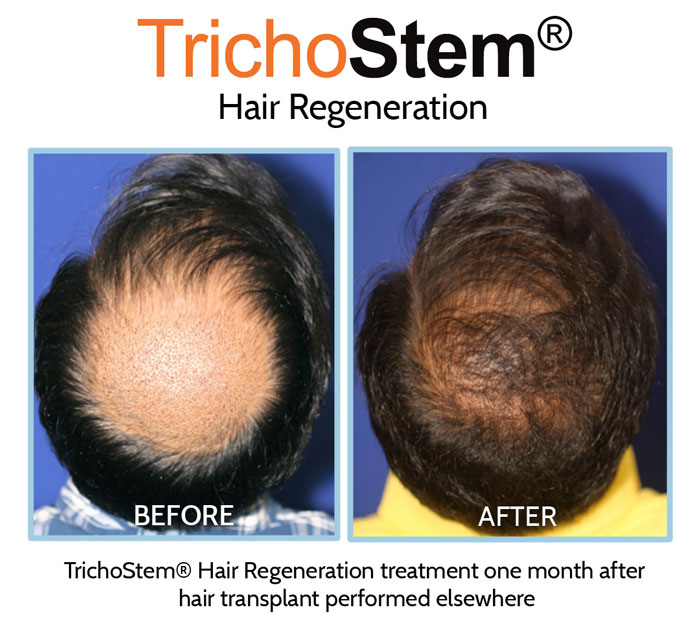
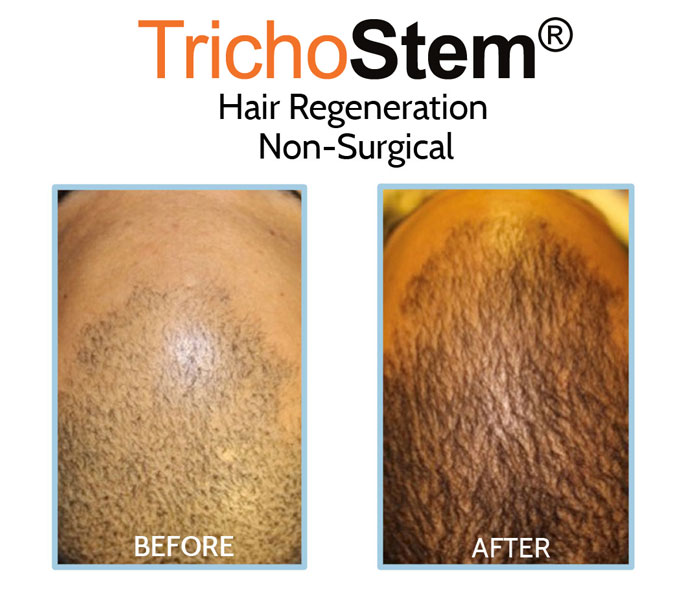
The injection treatment is performed without damage to native hair follicles because we want to save and thicken native thinning hair, so we see each thinning hair as having the potential to provide scalp coverage and not as a hair that’s going to be lost anyway. Native hairs at 50–100 hairs per square centimeter have a much higher natural density than is possible by transplant surgery and are far more numerous than the FUT donor area or the expanded FUE donor area. Therefore, by saving and thickening native hair follicles, in addition to stimulating growth from dormant follicles currently not growing, the results of TrichoStem Hair Regeneration can far exceed the results of any hair transplant surgery, and in the right patient, even two or more transplant surgeries.
TrichoStem hair regeneration can still be done in combination with a surgical hair transplant. Maximizing the thickness and growth of native hair first with the injection treatment allows hair transplantation to be more strategic, so limited grafts are concentrated in areas where they’re needed most.
We have also shown that patients who’ve had previous hair transplants performed elsewhere and even multiple hair transplants who had our treatment done years later have gotten thicker hair growth and more coverage from their native hair and even their transplanted hair.
Our approach to hair loss treatment is to save, thicken, and maximize the hair you already have without further loss, as opposed to transplants that just move hair from the back of the head to the scalp, where some are inevitably lost in the process. I hope you find this information helpful.
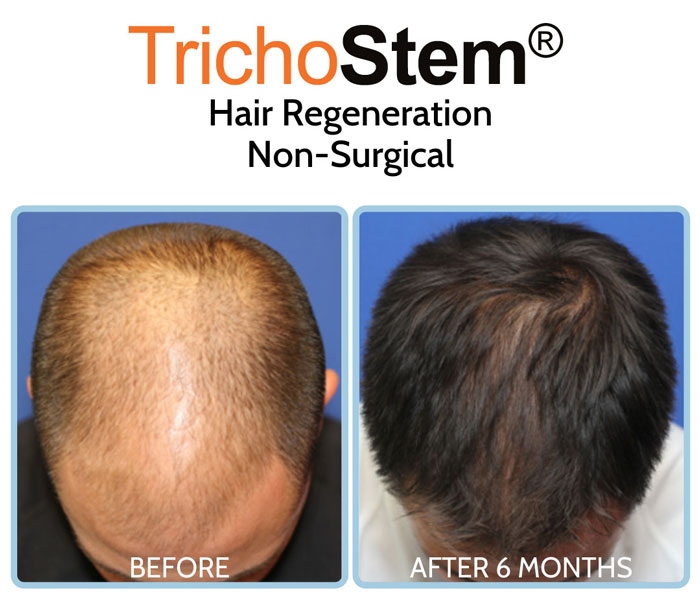
Hair Loss Treatment in Manhattan, NYC, and Garden City, Long Island
Dr. Amiya Prasad is a Board-certified cosmetic surgeon and a Fellowship-trained oculoplastic surgeon. He’s been in practice in New York City and Long Island for over 25 years. Dr. Prasad has been performing surgical hair transplants since the early days of his practice. Since 2011, he has administered the TrichoStem Hair Regeneration treatment for the non-surgical treatment of male, and female pattern hair loss.
To schedule a consultation, fill out the contact form below, or you may call any of our offices at (212) 265-8877 for Manhattan, New York City; (516) 742-4636 for Garden City, Long Island; or (703) 356-1336 for Vienna, Virginia.

